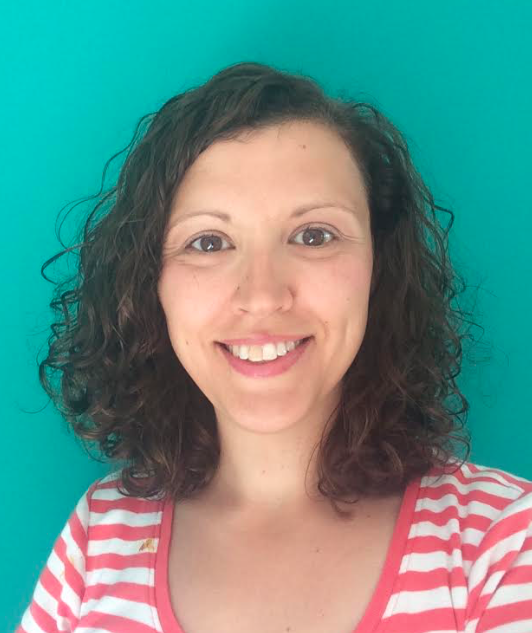
Kate Hovell (@BMS_MissHovell), Assistant Head Teacher and mother to two children, explains how she used her second maternity leave to follow through on a project close to her heart, working towards closing the gap experienced by many disadvantaged students.
To (mis)quote Forrest Gump, “maternity leave is like a box of chocolates: you never know which one you are going to get.”
I had been an Assistant Head at Blatchington Mill secondary school for eighteen months when I went on my first maternity leave. I had great plans for how I was going to spend all that time I imagined I was going to have: I was going to digitise and classify seven years’ worth of resources; I was going to read new History research that I’d fallen behind with; I was going to start a blog. My wonderful daughter had other ideas. Undiagnosed allergies and a (probably linked) dislike of sleep meant that I was just trying to get the basics done for most of my maternity leave. However, my second maternity leave was a different experience. I felt I knew the basics of childcare and my son was quite relaxed and slept (reasonably) well.
I am the Assistant Head responsible for disadvantaged students; before I went on maternity leave I had started a project, running a Challenge Partners, Challenge the Gap cluster across Brighton and Hove. This looked at supporting schools in creating a research led, school specific plan to close the attainment gap
between disadvantaged and non-disadvantaged children. I had had my facilitation training, led the first two workshops and was keen to see the project through. Of course, some time off was needed but after four months I could come back onto the project.
At first this involved carrying out school visits, spending a couple of hours in each participating school looking at how project plans were progressing and what impact they were having. This was a good introduction as I could leave the children for a couple of hours without having to worry about my son needing another feed. Whilst the main aim of the meeting was to support the schools involved, it was also fantastic CPD for me. As is often the case, the most thought provoking experiences as a teacher is visiting other schools. As my maternity leave moved on I planned and delivered the summer term workshops. It was so valuable doing this on maternity leave as I could read all the latest books and research I had not quite got around to reading before. The project also enabled me to network, improve my facilitation skills and develop confidence, which can diminish with taking an extended time off work. As I was working in school these were designated KIT (keeping in touch) days. It really was effective KIT, I kept in touch with my school, my role and my professional knowledge base.
This was, of course, only possible as I had someone who could take care of the baby. When I returned from my first maternity leave both my husband and I negotiated working part time. We both loved our jobs but also wanted to share in looking after our daughter in those precious early years. I had been apprehensive about asking for part time hours; I had not heard of a part time member of SLT in a secondary school before. I was doubtful about whether my request would be agreed. However, I carefully thought it through and worked out solutions to the challenges that might be created by me being part time. I outlined these and discussed these with my Head teacher and was delighted when she agreed to my proposal.
The solution that worked in our situation was that I would work part of the day each day, so I could deal with urgent issues if they came up; but overall my contract would be 0.6. This arrangement meant that when I started my second maternity leave, as my husband still worked part time, I could schedule my Challenge the Gap meetings around when he was at home, and later with some help from wonderful grandparents.
I am now at the end of my maternity leave and feel I have been able to nurture and learn about my son whilst also maintaining my professional identity. I am returning to work more informed, with more confidence and enthusiasm to further improve outcomes for disadvantaged students in my school and across our city.